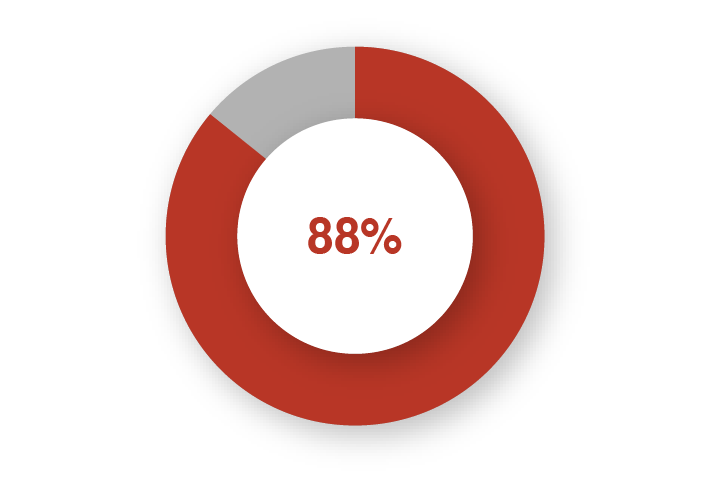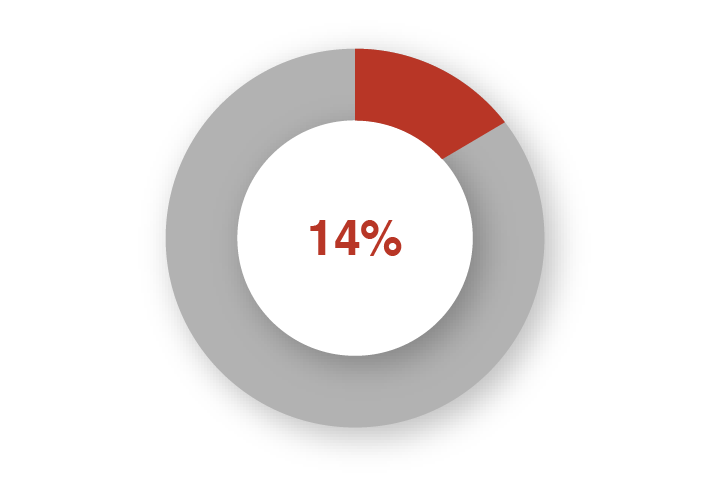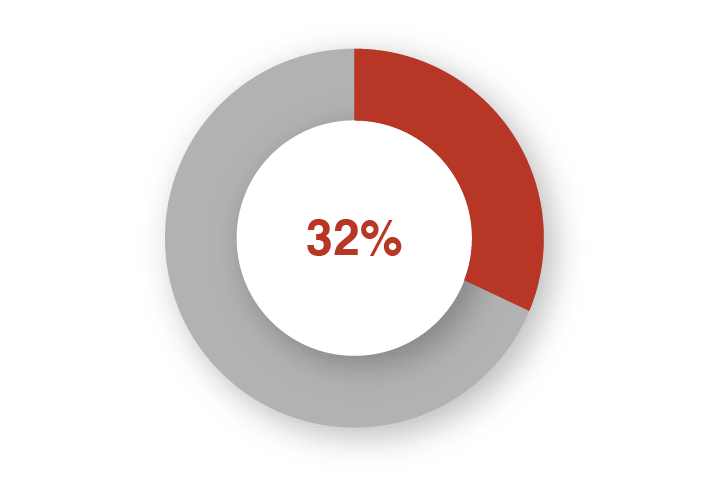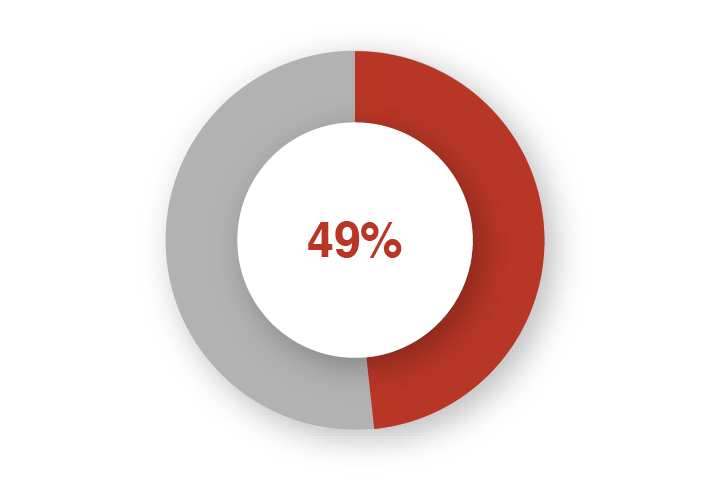Poverty Facts
Click through the stages below to learn more about the poverty lifecycle.
The challenges low-income people face start at birth.
- Children born into low-income families are more than twice as likely to have low birth weights, which puts them at an increased risk for future health and developmental problems.
- As early as nine months, measures of cognitive development, social-emotional development and general health are worse for poor children.
- By age three, children in families that are below the federal poverty line are two-thirds more likely to have asthma than those in families at more than 150 percent of the poverty line.
Challenges continue for low-income children as they reach pre-school age.
- According to ChildTrendsDataBank.org, three- to six-year-oldchildren living in poverty are much less likely to have cognitive and early literacy readiness skills. In a recent study, just 21 percent of poor young children were able to recognize all 26 letters of the alphabet, compared with 35 percent living above the poverty threshold. Forty-nine percent of poor young children were able to count to 20 or higher, compared with 67 percent living above poverty. And 46 percent of poor children were able to write their names, compared with 64 percent living above poverty.
- Additionally, only 41 percent of three- to six-year-olds in poor families, and 45 percent in low-income families enrolled in pre-school programs to prepare for kindergarten, compared with 65 percent of children in families with higher incomes.
Many of the obstacles that low-income people face inadvertently have an effect on their children’s education.
- Recent studies show that by ages 7 to 12, the prefrontal cortex of the brains of poor children functions differently than in children from better-off families, which is exasperated the longer the child remains in poverty, due to the physiological effects of chronic stress over extended periods.
- Another challenge that children in poverty have to overcome that can be attributed to poor performance in school is hunger. According to No Kid Hungry 16.2 million kids in America struggle with hunger.
- Studies have found that kindergartners from food insecure homes not only entered school with lower math and reading scores, but also learned less over the course of the school year.
- In data from the Early Childhood Longitudinal Study (ECLS) assessment on reading, low-income students scored at about the 30th percentile, middle-income students scored at about the 45th percentile and upper-income students scored at about the 70th percentile.
- In one study, 43.5 percent of low-income students did not successfully meet any of the required subject area assessments, while only 13.2 percent of low-income students met all of the required subject area assessments.
Low-income teenagers are more susceptible to teen pregnancies and are more likely to drop out of high school. If those occur, they are more likely to face poverty as an adult.
- According to the National Campaign to Prevent Teen Pregnancy, poverty can be both the consequences and the causes of teen pregnancy and childbearing. Poor teens are more likely to become pregnant and have children, and teens who have children are more likely to be poor.
- More than 25 percent of teen mothers live in outright poverty while in their twenties and early thirties, compared to only 7 percent of women who postpone childbearing.
- According to the U.S. Department of Education, in 2009, the dropout rate of students living in low-income families was about five times greater than the rate of their peers from high income families (7.4 percent vs. 1.4 percent).
- Additionally, according to the Alliance for Excellent Education, a high school dropout will earn about $260,000 less than high school graduates and $800,000 less than college graduates in their lifetime.
For low-income students who do attend college, the struggles continue and they are less likely to graduate.
- Where 79 percent of children whose parents were in the top income fifth enrolled in college and 53 percent earned a four-year degree, only 34 percent of children whose parents were in the bottom income quintile enrolled in college and only 11 percent received a four-year degree.
A person raised in poverty is less likely to move out of poverty, more likely to suffer chronic health issues, and more likely to be a victim of domestic violence.
- According to the Pew Charitable Trusts, 43 percent of Americans raised in the bottom quintile remain stuck in the bottom as adults, and 70 percent remain below the middle. Whereas, 40 percent raised in the top quintile remain at the top as adults and 63 percent remain above the middle.Only 4 percent of those raised in the bottom quintile make it all the way to the top as adults, but just 8 percent of those raised in the top quintile fall all the way to the bottom. Sixty-six percent of those raised in the bottom of the wealth ladder remain on the bottom two rungs themselves, whereas 66 percent of those raised in the top of the wealth ladder remain on the top two rungs.
- People with incomes over four times the federal poverty line can expect to live more than 6.5 years longer than those living at the poverty line or below.
- Diabetes and heart disease are 50 to 100 percent more common among poor adults, and the poor are at greater risk of having complications from the two diseases.
- Those elders living with incomes below the federal poverty line are more than 60 percent more likely to have three or more chronic conditions than those whose incomes exceed four times the poverty line.
- According to the American Bar Association Commission on Domestic and Sexual Violence studies consistently show that at least 50 to 60 percent of women receiving public benefits have experienced physical abuse by an intimate partner at some point during their adult lives, compared to 22 percent of the general population – some studies indicate rates as high as 82 percent. A significant number of women receiving public benefits also report a history of physical and sexual abuse in childhood, and as many as 30 percent of women on public benefits report abuse in a current relationship.
- The American Bar Association also reported that a 2003 survey found that 1 in 4 homeless mothers reported being physically abused by an intimate partner in the last year. Additionally, a 2005 survey showed 50 percent of U.S. cities report domestic violence as a primary cause of homelessness.
- Battered women are not the only victims of abuse, it is estimated that anywhere between 3.3 million and 10 million children witness domestic violence annually. Research demonstrates that exposure to violence can have serious negative effects on children’s development. One study of 2,245 children and teenagers found that recent exposure to violence in the home was a significant factor in predicting a child’s violent behavior.

8 out of 9 Americans who have lived in poverty experience it only short term

Ohio's Official Poverty Rate

Episodic Poverty Rate

Nearly 1/2 of Ohioans lack the liquid assets to stay out of poverty for 3+ months
